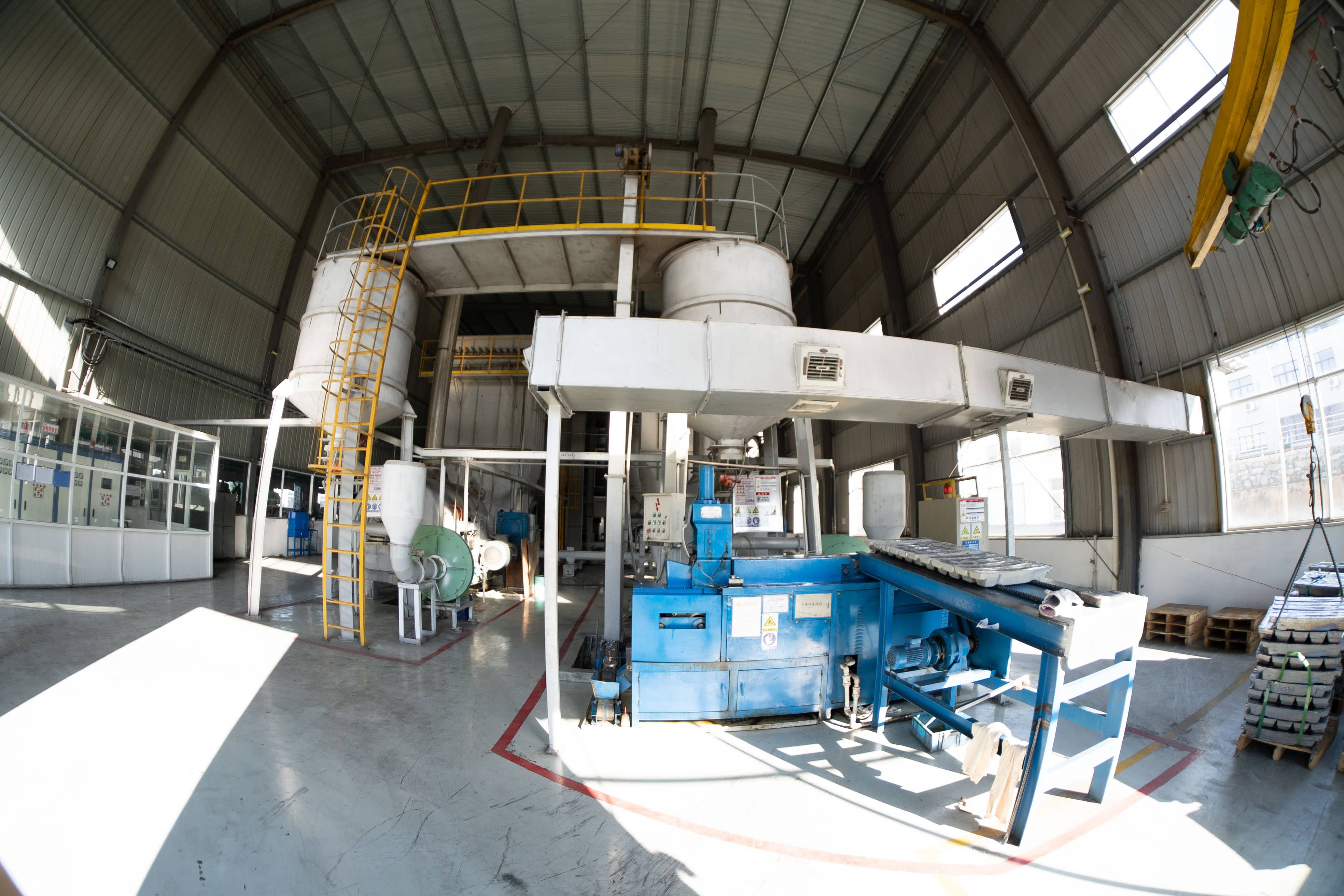The lead-sulfuric acid battery, also commonly known as the lead-acid battery, has been a staple in the world of electrochemical energy storage for over a century. Its dependability, low cost, and relative safety have made it a preferred choice for a wide range of applications, from automobiles to uninterruptible power supplies. However, the inner workings of this battery are far from simple, involving intricate chemical reactions and physical structures that allow for the efficient storage and release of electrical energy.

At the heart of the lead-acid battery lies the electrochemical reaction between lead and sulfuric acid. The battery typically consists of multiple cells, each containing positive and negative plates immersed in an electrolyte solution of sulfuric acid. The positive plates are made of lead dioxide (PbO2), while the negative plates are composed of spongy lead (Pb). When the battery is discharged, a chemical reaction occurs where lead dioxide is reduced to lead sulfate (PbSO4) on the positive plates, and spongy lead is oxidized to the same lead sulfate on the negative plates. This process releases electrons, which flow through the external circuit, powering whatever device the battery is connected to.
During charging, the reverse process occurs. An external power source, such as a charger, supplies electrical energy to the battery, causing the lead sulfate on both plates to revert back to its original form. The lead sulfate on the positive plates is oxidized back to lead dioxide, while that on the negative plates is reduced to spongy lead. This regeneration of the active materials allows the battery to be reused multiple times.
The design of the lead-acid battery also plays a crucial role in its performance. The plates are typically arranged in a vertical stack, with separators between each plate to prevent direct contact and allow the flow of electrolyte. The separators are made of porous material that allows the electrolyte to pass through but prevents the active materials from mixing. This ensures that the chemical reactions occur efficiently and uniformly across the entire battery.
The electrolyte, sulfuric acid, plays a vital role in the electrochemical reactions. Its concentration and temperature can significantly affect the performance of the battery. Too low a concentration can reduce the battery's capacity, while too high a concentration can lead to premature plate corrosion. Maintaining the electrolyte at an optimal level is crucial for maximizing the battery's lifespan and performance.
Despite its widespread use, the lead-acid battery has its limitations. It is relatively heavy due to the use of lead in its construction, making it less suitable for applications where weight is a concern, such as in electric vehicles. Additionally, it has a lower energy density compared to some modern battery technologies, meaning it may require a larger physical size to store the same amount of energy.
Nonetheless, the lead-acid battery remains a reliable and cost-effective solution for many applications. Its simplicity, durability, and recyclability make it a popular choice for automotive, marine, and stationary power applications. With advancements in battery technology, the lead-acid battery continues to evolve, with improvements in energy density, lifespan, and environmental impact, ensuring its relevance in the energy storage landscape for the foreseeable future.